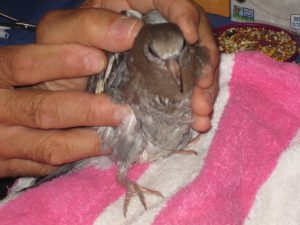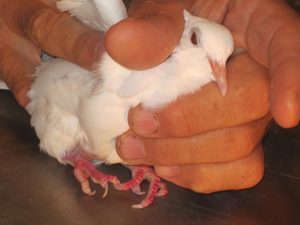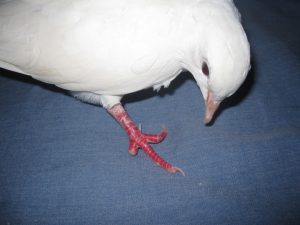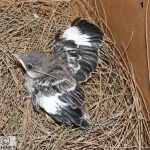How To Avoid Baby Bird Foot and Leg Problems
Ron Hines DVM PhD
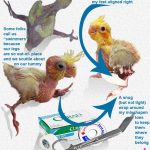

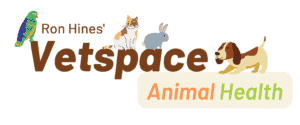
It is not uncommon for kind-hearted folks to attempt to raise orphan wild birds themselves. When they finally present them to rehabbers like me, it is often because they sense that things aren’t going well. Domestic cage bird breeders often hand-raise their avian infants. They occasionally face similar issues.
Over the years, many young birds have come to me with long-standing foot and leg problems. The most common cause is keeping these nestlings or adults on unsuitable surfaces.
Many folks think that because a kitchen bowl is nest shaped, it would be a good substitute for a nest. They might add a layer of paper towels, Kleenex™ or shredded newspaper to the bottom. But those materials quickly pack down into a rather firm impervious surface. and the plastic or ceramic bowel does not allow fecal moisture to percolate out. Most natural nests are built from sticks with an inner lining of finer material to achieve softness. Natural nests retain their porosity. Even in properly lined bowel, with time, an impervious floor puts a turning/twisting pressure on the young bird’s toenails. That twisting motion slowly twists the bones and joints of the feet as well. Infants birds growing incredibly fast. As they grow in containers that are not ideal, those bones lose their proper alignment. That resulted in the twisted, gnarled feet you see in the photo of the white dove above. The first photo is how its legs looked on arrival. The second is many weeks after surgery. It is not a wild dove. It is a domestic albino ring neck dove that was brought to me because it was unable to walk or perch. Not only were its toes incapable of perching, the femur bones of its upper thighs were abnormally curved as well.
By cutting those bones, realigning them and putting its legs in temporary braces, I was able to get this dove to walk again. But it will never perch normally. We keep him in a cage designed for handicapped birds. The cage has easy access to several food and water containers and a very padded floor to keep it from developing pressure ulcers on its breastbone (sternum). Improper bone alignment is also a recipe for early-age arthritis. Five years have passed, and he still seems happy and content. Angel serenades my wife every morning. But I must check his feet frequently to be sure that none of his misaligned toenails have overgrown. The quick of the toenails of birds is much closer to the tip of their claws than it is in dogs and cats. So very little can be removed at a time unless a cautery is handy. Pressing the tip of a clipped avian toenail into a moist bar of Ivory soap will also stop any bleeding. But not nearly as reliably.
On my site, you will find many articles that describe how I improved or corrected many bird leg and foot problems. Or, you can just take some photos and ask me.
Dear reader, Besides your donations, visitors to the products that Google and others display on my website help me defray the cost of keeping my articles on the Web – and you informed. As you know, sites like mine that intentionally use no AI, no SEO, and are not written to Sell You Things are getting harder and harder to find, Best wishes, Ron Hines


